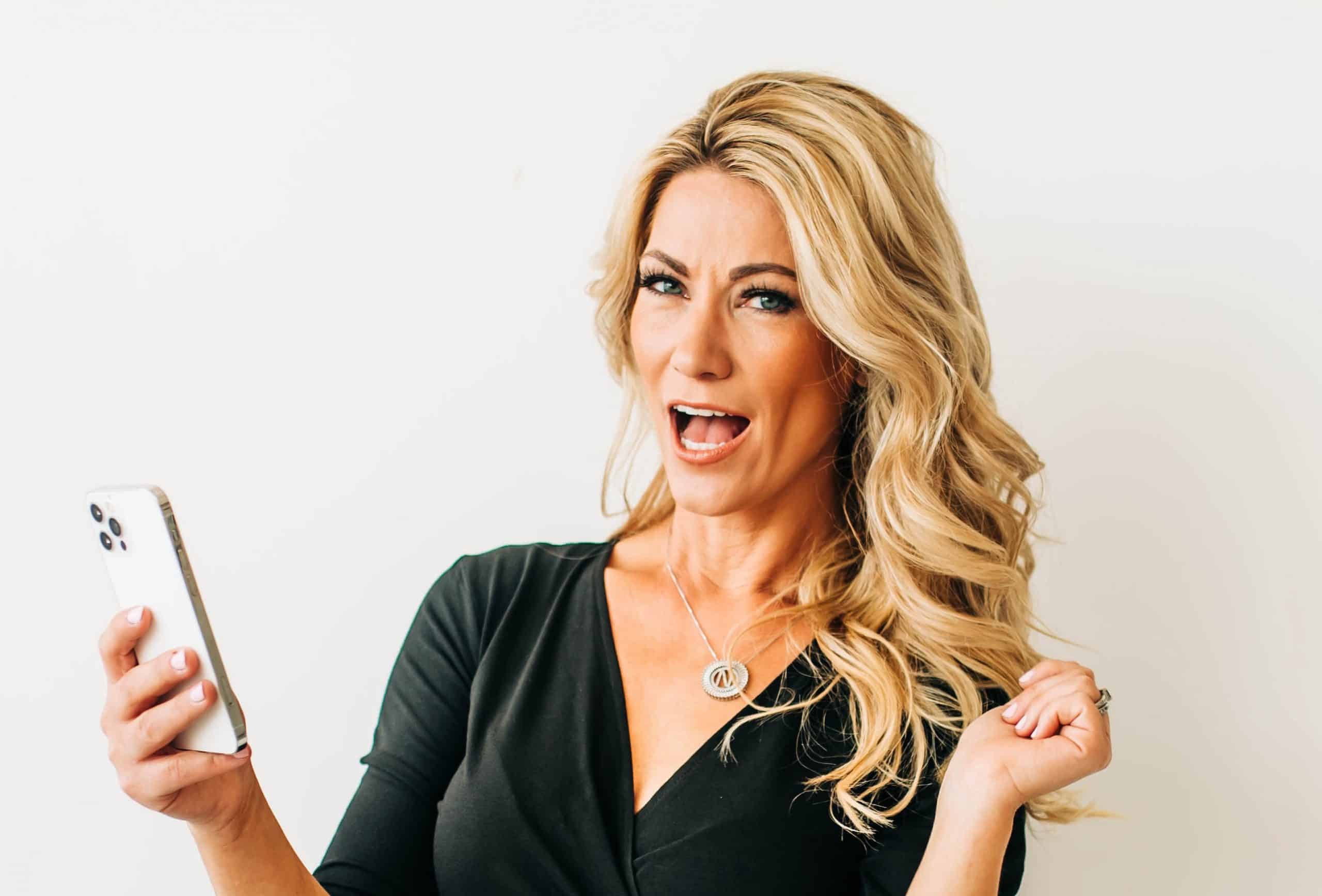No. They’re just different. Coaching is Apples. Training is Oranges. You can’t compare them. Both are fruit. But each does something unique and complements the other.
This article is about How Training and Coaching work together.
But first: Why is it so important to differentiate Training from Coaching?
Phone Training and Phone Coaching share similar goals and outcomes: to promote individual learning, and generate positive changes in the learner’s behavior. But they differ in their approach, their time-frame, and their expectations.
Essentially, training is about transferring knowledge while coaching is about enhancing knowledge and practicing skills so that they become an integral part of how the learner acts, and even who they are, when taking an inbound call from a customer.
Typical Sales/Phone training is limited. Even world-class automotive phone training—which is tried-&-tested, perfected over many years, delivered in bite-sized sequences that make perfect sense, word-crafted for every kind of phone call (outbound or inbound) and available in-classroom or online—is limited in its effectiveness in changing behavior. It’s a powerful model, proven over decades with hundreds of dealerships. But after the training—when the salesperson goes back to the floor, or their desk—it takes a lot to remember everything to say, the way to say it, in the right order, with the right words and with proper tone. Mostly, it’s because old habits get in the way—not lack of motivation, or of interest, or of a positive attitude.
Ongoing one-on-one active coaching delivers continuous value. Even the best auto sales training seminar isn’t a one-and-done solution for your dealership. As time passes, the best practices and knowledge learned in the sessions may fade.
As one of our coaches wrote in a 2021 article:
“Brain science research shows that an average of 50 percent of the information received in classroom training is forgotten within one hour. After 24 hours, on average, only 30% is retained. And within a week, only 10% of that valuable, expensive training information remains…”
So, much of the $642 million spent annually by US dealerships on Training (not coaching) is wasted. (Average Annual dealership spending is estimated at $36,000.)
Therefore suffice to say if some of the $642 million spent annually by US dealerships on Training were re-distributed and re-prioritized to reflect a training/coaching mix, the ROI would be a lot more rewarding for owners, managers, and learners.”
What team members need is:
- Ongoing accountability
- Ongoing reminders
- Ongoing real-time feedback
- Ongoing recent situational conversations that are their own
- Notice anything? Ongoing, ongoing, ongoing…
Are there people and structures in place to monitor employees’ use of best practices, to ensure that they hold on to what they’ve learned? Who do they go to when they feel unsure about a particular call, or their use of the word-tracks? Where can they get feedback that isn’t the usual “constructive criticism” that they’ll get from their manager? Oh, and lest not forget the ultimate question, “is that manager qualified to address these concerns?” Store managers are retailers, inventory specialists, closers (hopefully) and salesmen. While a lot of us like to say their job description includes training, they’re not teachers, they’re not trainers and oftentimes they themselves don’t know what to say in a lot of situations.
Each salesperson has their Workbook or Manual, printed or online-library scripts, so they can continue to work on making their learning stick. But for most folks, it’s hard to do that on your own.
Whether it’s classroom training—usually in the break-room, for a day, or a half-day—or Zoom classes, or days of online learning at a PC, the challenge for Training is how to transform learning new ideas and new techniques into changes in behavior, language, attitudes, even mindset…Success depends on What Happens Next.
Training creates awareness, demonstrates new processes, and word-tracks, and Steps to the Sale. It educates us on protocols, models, techniques. We get excited and motivated to get back to work, and make even more money…Then what?
We’ve all been there—as learners ourselves on a course, or as managers responsible for keeping our salespeople motivated, focused, and capable of using what they learned when they get back to the desk. Despite our best intentions, it doesn’t take long for reality to set in. We get busy. They are playing catch-up on what they missed. People to call. Calls to answer. All of a sudden, from the smoothness of the role-playing in class, they disintegrate into the Liberty-Biberty bumbling actor on the Liberty Mutual ad!
I’m not criticizing. I’ve been there too – we all have. It takes practice and courage to change the language and sequence of what you say on the phone to a prospect. It can be easier just to side-step into your old way of doing it, can’t it? “Hey, it’s worked so far…may as well stick to what I know…”
That’s where Active Coaching works its magic.
We need Active Coaching to take it to the next level, which is to observe, record, and measure the salesperson’s performance.
Immediately after the initial certification, active coaching begins whereby one starts to listen to their phone calls, to identify where they have (or have not) integrated their learning into their behavior. Measures of accuracy and excellence are deployed, and straightforward feedback is given in near real-time: honestly, respectfully, non-judgmentally, and all builds upon the initial foundational certifications. This starts to build confidence, capability, and works to replacing old unconscious habits and beliefs, with new habits, that drive better results.
One-on-one coaching is the gold standard when it comes to retaining and adding to auto sales phone skills. A professional coach can periodically check in on recordings of live client calls, grading each automotive sales representative against a situationally appropriate score sheet on how well they follow the relevant phone script and maximize the chance of setting an appointment and thus making a sale.
By reviewing those calls in a live one-on-one session with the car salesperson, a coach can guide the employee to better performance. The feedback is tailored to the learner’s strengths and weaknesses, delivering more bang for the buck than a generic Training refresher would.
In the coaching review process, coaches can go through role-playing sessions, and give employees an update on their progress. These check-ins are designed to keep every salesperson engaged and improving from one coaching session to the next.
Why can’t the Sales Manager do the Coaching?
Well, of course he could…if he didn’t have a hundred other things to do, problems to solve, owners to please, teams to manage, etc.
In a recent Sales Coaching Practices survey, 72% of sales managers agreed that coaching is important. The survey reported that “Organizations effective at coaching the topics of salesperson performance, motivation improvement, and skill development have positively correlated performance advantages of 12%, 9%, and 6%, respectively, over other firms.”
The survey also reported that 44% of respondents only dedicate between one and four hours a week to coaching.
Why dealerships NEED Active Coaching
Outsourcing your Sales/Phone Coaching overcomes most, if not all, obstacles. But it also does a lot more.
Here’s a brief list of why it is so effective:
- Time. Each coach manages the time with their salespeople.
- Contact is consistent, regular, and recorded.
- Two-way. As an external coach, with no management role, we can work outside the normal boundaries of accountability, to develop more open-ness and trust. Listening, not Telling
- Individualized/Personalized: Each session and each coaching strategy is based on how each salesperson is motivated.
- Fine-tuning: The salesperson is responsible for incrementally adjusting their performance in a way that works for them.
- Intentions = Development, Growth, not just Results.
- Measurement is Critical, and the process is transparent:
- Observe.
- Record.
- Listen.
- Give Feedback.
- Nudge, if necessary.
So, in conclusion, is Coaching better than Training? No. They depend on one another, like sunshine and rain. Without either one, there is no growth.
The mixture of instructor-led car sales training and active coaching adds up to a potent performance improvement approach. By focusing on the vital elements of car sales, such as phone skills, under the microscope, you can make your people more effective — and your dealership will grow, more than ever before.







